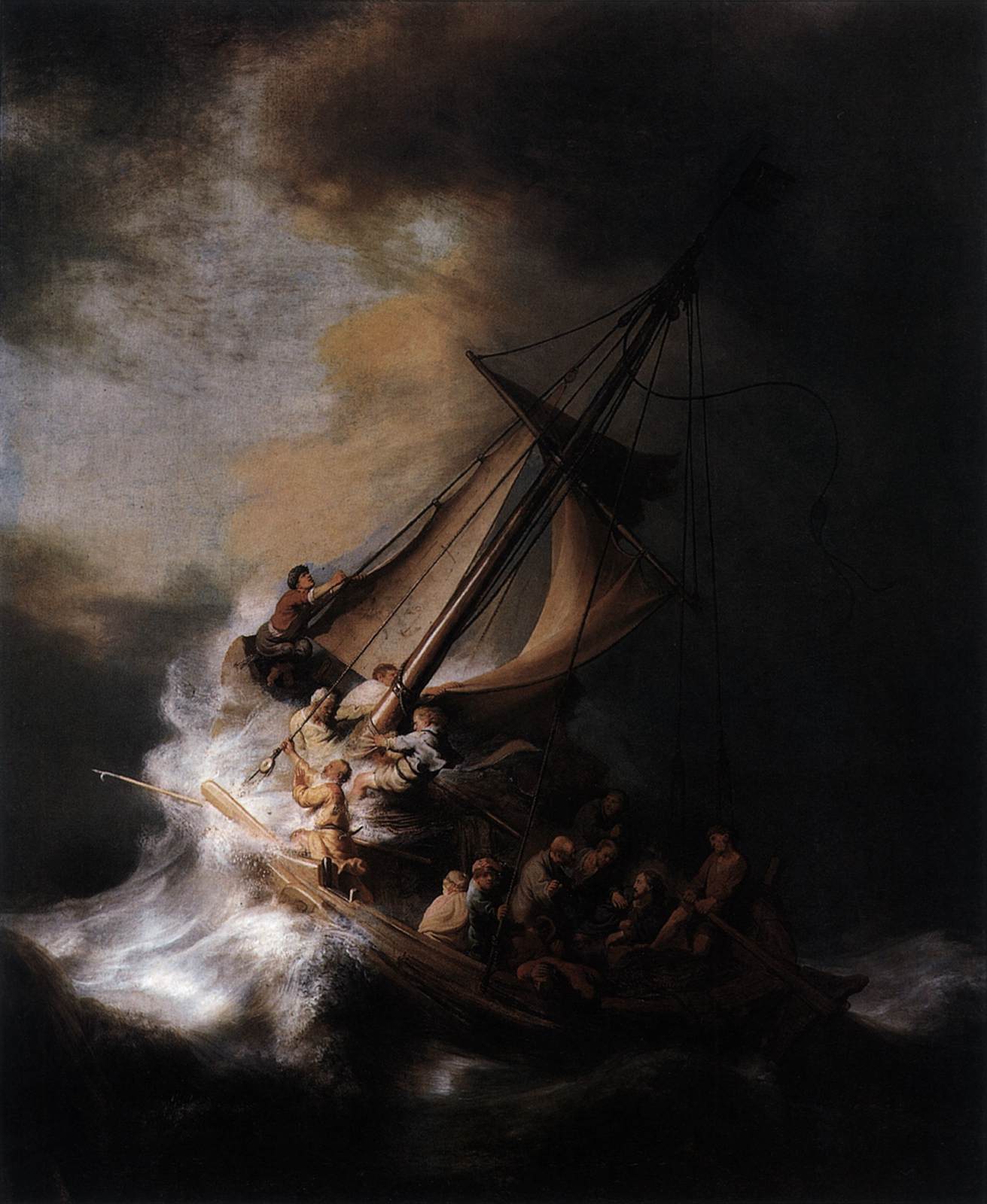MV Sewol, 16 April 2014 [Wikipedia]
The Holy Week ferry disaster has brought grief to the whole of the Republic of Korea, especially as so many lost were high school students. President Park Geun-hye described the actions of the captain and some crew members of the Sewol as 'akin to murder'. I wouldn't be inclined to so describe Captain Lee Joon-seok and his companions. What really happened will eventually come out in court or through official investigations. I'm certain that none of the crew intended that the ship would sink or that anyone would die as a result. But if the captain was among the first to leave the ship, as reported, that was inexcusable.
Costa Concordia during salvage operation [Wikipedia]
The trial of Captain Francesco Schettini of the Costa Concordia that foundered off the Italian coast with the loss of 32 lives on 13 January 2012 is still ongoing.
SS Flying Enterprise, 10 January 1952 [Wikipedia]
When I was in Grade 2, a time when few had telephones, Ireland had no TV, when the internet wasn't even a dream in someone's imagination, the national radio station broadcast only at certain times of the day and evening and people depended on newspapers as their major source of news, I along with everyone else was utterly enthralled by what was happening to the SS Flying Enterprise, a cargo ship that began to founder in stormy weather off the south coast of England.
On 21 December 1951 the Flying Enterprise left Hamburg, Germany, under Captain Kurt Carlsen, a Dane who lived in New Jersey, USA. It carried ten passengers. In those days many cargo ships were allowed to have up to twelve passengers.
On Christmas Night the ship ran into a storm as it approached England and and by 28 December was listing at an angle of 45 degrees. The crew and passengers were evacuated on the 29th, one passenger drowning but everyone else was rescued. Captain Carlsen remained on board. A number of ships came to accompany the distressed vessel. The tugboat Turmoil arrived on 3 January and its mate, Kenneth Dancy, who died last year at the age of 88, joined Captain Carlsen on the Flying Enterprise the following day.
The Turmoil took the distressed ship in tow on 5 January heading for Falmouth in the south-west of England, but five days later the cable broke at around 01:30 on 10 January. Captain Carlsen and Kenneth Dancy abandoned ship nearly 14 hours later. Within an hour the Flying Enterprise sank.
People, including children, were talking about nothing else. We waited anxiously for each bulletin on the radio, for each issue of our morning and evening newspapers.
Captain Carlsen became an international hero. He refused to let himself become a wealthy 'celebrity' and went back to sea. At a reception for him in Woodbridge, NJ, where he lived he said, My boss sent me out a few month ago with a beautiful ship and I come back without it. He told the people that the warmth of their welcome had more than compensated for my little inconvenience out in the Atlantic the last three weeks. He died in 1989 at the age of 75.
Here is a contemporary newsreel of the saga of SS Flying Enterprise.
The Apostleship of the Sea, under the patronage of Our Lady Stella Maris, serves seafarers in many ports throughout the world.
Christ in the Storm on the Sea of Galilee
Rembrandt, 1633. Isabella Stewart Gardner Museum, Boston [Web Gallery of Art]
Rembrandt, 1633. Isabella Stewart Gardner Museum, Boston [Web Gallery of Art]



3 comments:
The Apostleship of the Sea (Apostolatus Maris) was founded in Glasgow, my native city. I don't imagine there is very much work carried on there by the apostleship nowadays as Glasgow is no longer the port it once was.
Thank you, Crux. When I was transferred to Glasgow from Solihull, England, in 2002 I intended to contact the Apostleship of the Sea. But only a fortnight after moving to Scotland I was asked to come back to the Philippines. I spent five months in Glasgow.
One of the blessings of the pre-internet, basically pre-TV, pre-mobile phone and even pro-telephone days for most, is that everyone, 'kids from one to 92', were on the same wavelength in terms of news sources and in terms of popular music. Unlike today, there was a very broad shared culture.
Maybe in recent years the event that most closely resembled the Flying Enterprise saga in terms of everyone following it was the story of the Chilean miners.
A Happy Easter to you and yours.
Crux, please contact me at scoylumban@yahoo.co.uk . God bless.
Post a Comment